Appropriate parcel packaging – tips
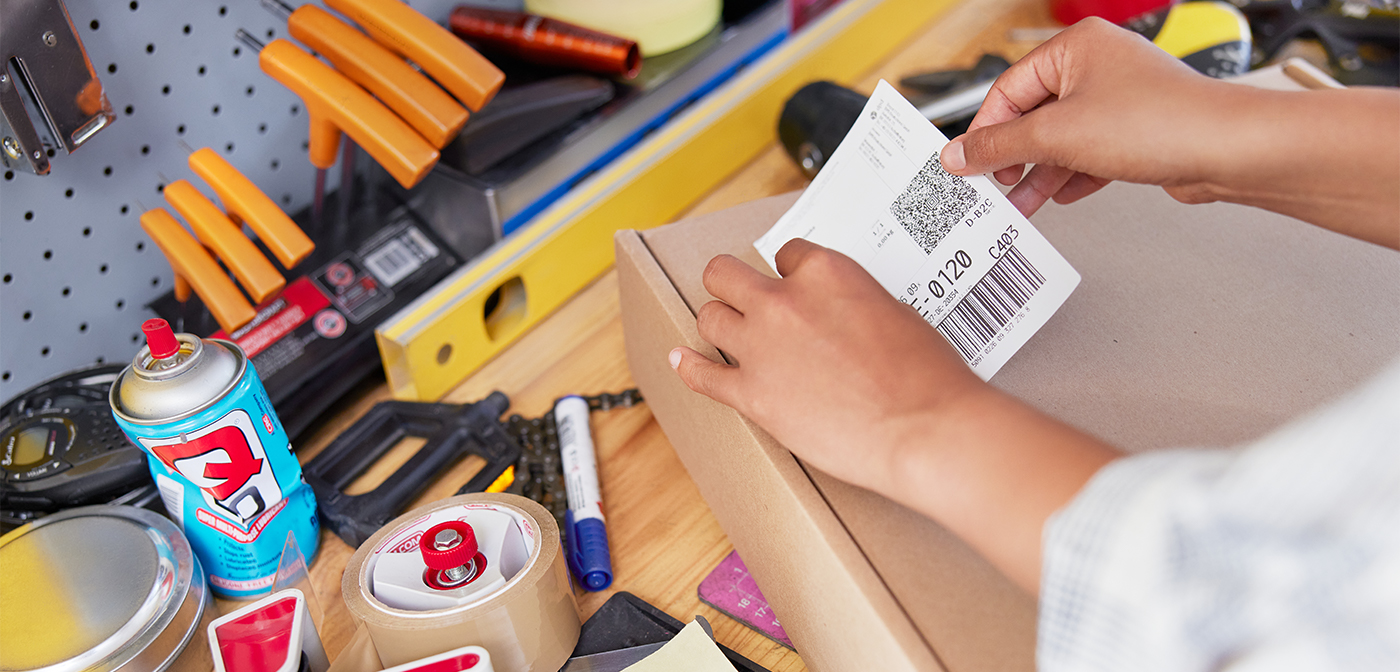

Appropriate parcel packaging – tips
How to pack parcels appropriately? The right packaging of parcels is simple when you know how to do it. The most important tips for packaging parcels all in one place, so you can pack your parcels quickly and easily.
What is appropriate packaging and why it is important?
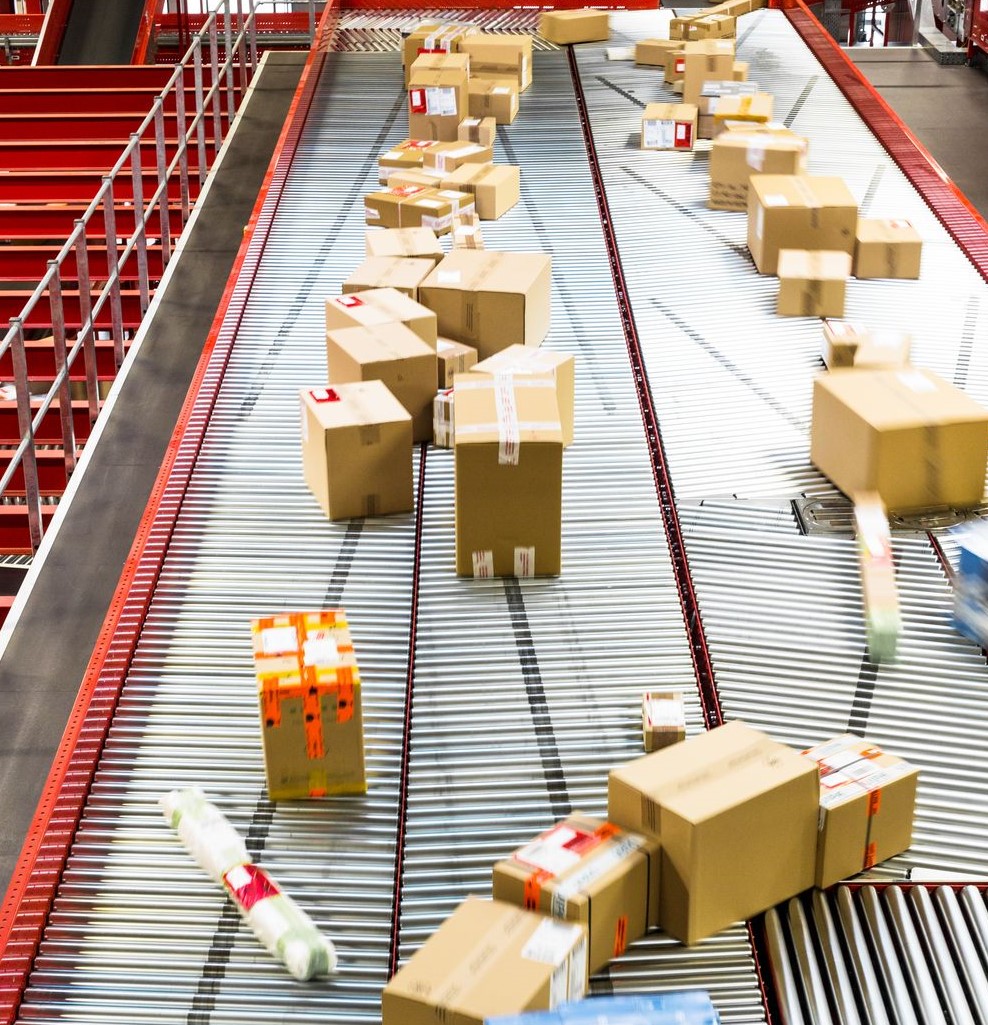

What is appropriate packaging and why it is important?
When the packaging of the package is correct, it is not possible to access and damage the contents of parcel without damaging the packaging box. The packaging must protect the contents of the parcel from potential damage during transportation and sorting. The packaging must also be safe. Thus it must not endanger the environment, people, other parcels, equipment, etc. Appropriate packaging ensures that its contents will safely reach the consignee.
Size and weight
Maximum package weight:
-
When sending by courier – 31.5 kg.
-
When sending to a parcel locker – 31.5 kg.
Parcels on pallets:
-
Large packages or those heavier than 31.5 kg must be palletised for transportation.
-
The maximum weight of one pallet with parcel(s) is 740 kg.
-
Appropriately sized pallets (for example, quarter-pallets, half-pallets) must be used for packages heavier than 31.5 kg but smaller in size.
Size and weight
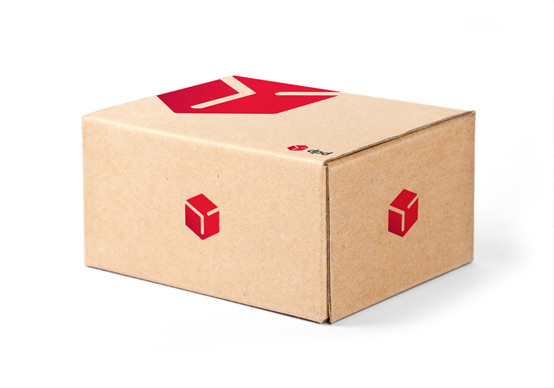

Maximum package weight:
-
When sending by courier – 31.5 kg.
-
When sending to a parcel locker – 31.5 kg.
Parcels on pallets:
-
Large packages or those heavier than 31.5 kg must be palletised for transportation.
-
The maximum weight of one pallet with parcel(s) is 740 kg.
-
Appropriately sized pallets (for example, quarter-pallets, half-pallets) must be used for packages heavier than 31.5 kg but smaller in size.
Outer packaging
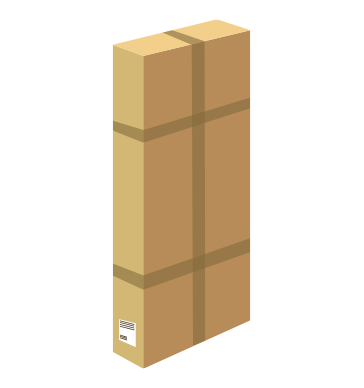

Outer packaging
A suitable outer packaging is a strong, tightly closed box that is sealed in at least three places throughout the package.
The contents of the package must not protrude from the packaging.
Factory Packaging Is Not Suitable for Parcel Delivery.
- Factory packaging is designed for bulk transportation of uniform products from the manufacturer to wholesalers or retailers. It is not intended to withstand the rigors of individual parcel shipping.
- For safe and secure delivery to the end customer, products should be packaged in durable, transport-ready packaging. This specialized packaging provides superior protection, ensuring that items remain intact throughout the shipping process, even when transported alongside other goods.
Inner packaging
The contents of the package must not touch the walls of the outer packaging.
Empty cavities must be carefully filled with packing material, ensuring that the items in the package are stable.
Use bubble wrap, corrugated cardboard, chips, pellets and similar materials for filling material.
Inner packaging
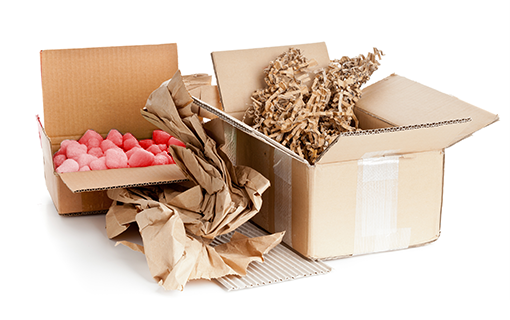

The contents of the package must not touch the walls of the outer packaging.
Empty cavities must be carefully filled with packing material, ensuring that the items in the package are stable.
Use bubble wrap, corrugated cardboard, chips, pellets and similar materials for filling material.
Parcel labels
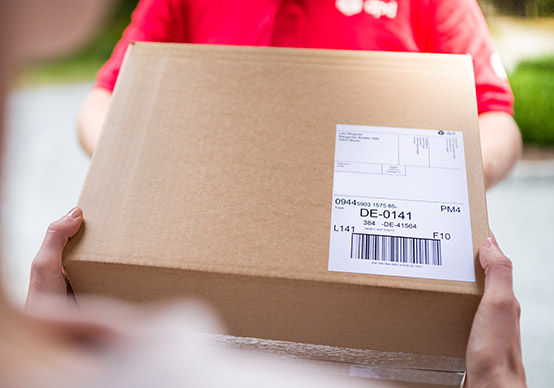

Parcel labels
Ensure your parcel packaging is free of any old shipping labels or other stickers.
Each package must be marked with a parcel label.
Avoid placing the shipping label on package edges or seams, and ensure the barcode remains fully visible and unobstructed—do not cover it with adhesive tape.
If required, you must use the special stickers and tape provided by DPD to mark specific services and/or additional options. Stickers must be placed on the package next to the shipping label to ensure visibility. The tape should be applied across all surfaces of the package.
Strength and stability
Each package must be able to withstand a static pressure of 4 to 5 times its own weight to prevent it from collapsing.
The outer packaging of a parcel must be able to withstand a diagonal fall from a height of 80 cm.
Use sturdy (hard cardboard) boxes with equal edges for packaging. The contents of the package must not fall out when the package is carried by holding its edges.
Do not put more or heavier items in the box than it can withstand.
Strength and stability
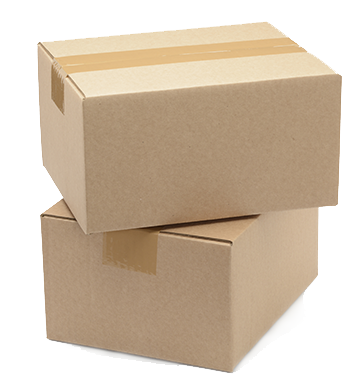

Each package must be able to withstand a static pressure of 4 to 5 times its own weight to prevent it from collapsing.
The outer packaging of a parcel must be able to withstand a diagonal fall from a height of 80 cm.
Use sturdy (hard cardboard) boxes with equal edges for packaging. The contents of the package must not fall out when the package is carried by holding its edges.
Do not put more or heavier items in the box than it can withstand.
Fragile items and liquids
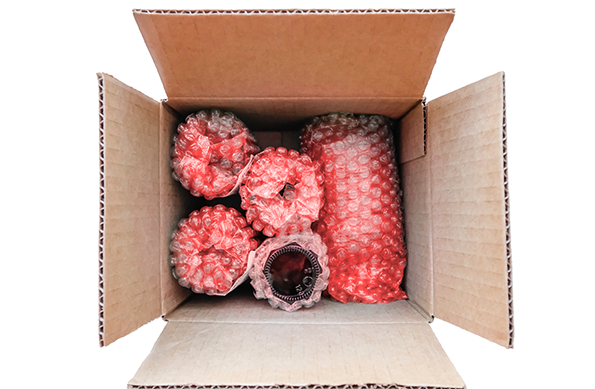

Fragile items and liquids
Pack fragile or brittle items separately so that they do not touch each other or contact any side of the packaging box.
Fragile and brittle items should be marked with a special label “Fragile”.
If liquids are sent in containers or other special vessels, ensure that the containers are completely isolated and liquids do not leak during packaging.
Container lids must be fitted with guards to prevent them from turning.
Packing instructions for download
General requirements for safe packaging, detailed instructions on how to pack specific items.
Inappropriate packaging of parcels
The inappropriate packaging of parcels means packaging when the content of package is not protected from normal transportation hazards and it is not ensured that the transported parcel does not damage other parcels
-
The outer package does not withstand a diagonal fall from a height of 80 cm.
-
Liquid from the container automatically flows when transporting.
-
Lids or covers fall off liquid containers (buckets, cans, etc.).
-
The adhesive tape loosens and the contents of the parcel become exposed.
-
Fragile items are in contact with each other or with the outer packaging as a result of an insufficient amount of filling material used.
-
The package cannot withstand a static pressure of 4 to 5 times its weight when the base area of the packaging is insufficient.
-
Parcels are stacked on a pallet in such a way that the packages below do not withstand the static pressure of the packages on top during transportation.
-
Parcels on the pallet are incorrectly stacked and not securely fastened, resulting in a loss of the vertical standing position and tipping over during transportation.
-
Large parcels (cabinets, tools, etc.) are delivered for transportation without a pallet.
-
Outer packaging of large packages does not prevent damage during the transportation and sorting of parcels (without packaging, wrapped only in film).
Home / Support / Useful tips / Parcel packaging


